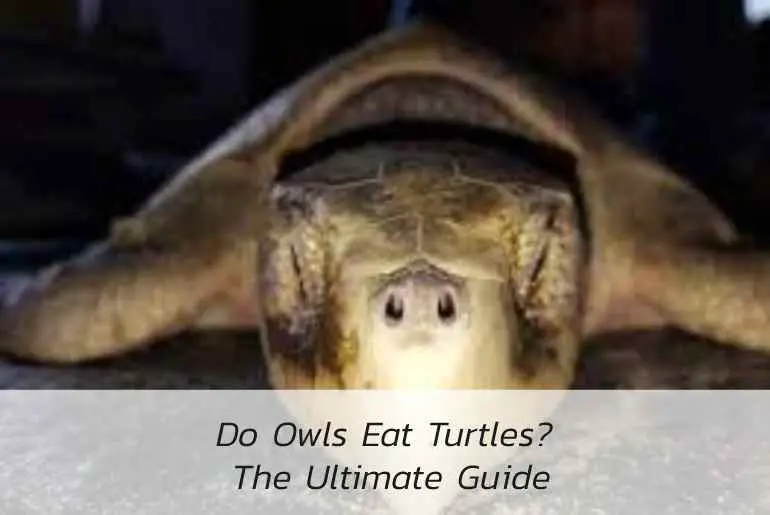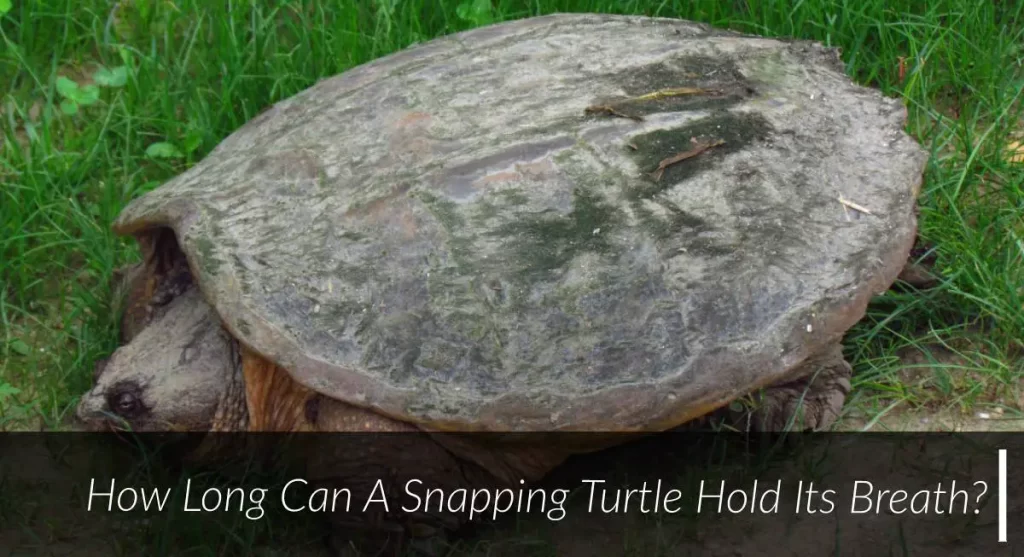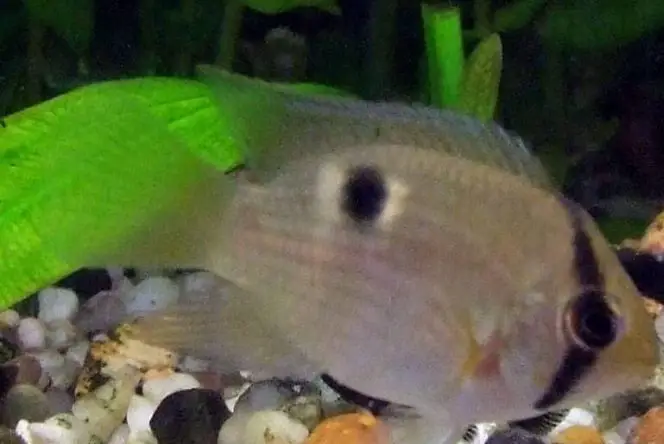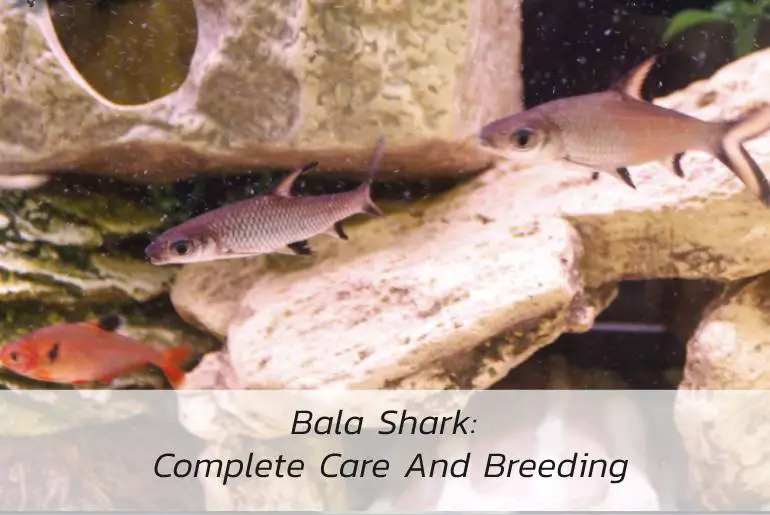Do owls eat turtles? It’s a question that has plagued mankind for years. And while there is no definitive answer, we’re going to explore all of the possible options in this blog post. We’ll also take a look at how you can protect your turtle from being owl food. So, whether you’re wondering about the diet of an owl or just want to make sure your little turtle is safe and sound, keep reading!
Believe it or not, owls are actually capable of hunting and consuming turtles. While it may seem like an unlikely meal for such a small bird, owls have a few tricks up their sleeves that enable them to take down these hard-shelled creatures. First of all, owls have incredibly sharp talons that can pierce through a turtle’s shell.
They also have powerful beaks that can crush the shell and allow them to access the meat inside. And finally, owls are very strong for their size, which gives them the ability to lift a turtle and carry it back to their nests. So, while turtles may not be the most common prey for owls, they are certainly capable of hunting and eating them.
Do Owls Eat Turtles?
The answer to this question is a little bit complicated. While owls are technically capable of eating turtles, it’s not necessarily something that they do on a regular basis. In fact, most owls prefer to eat small mammals like rodents or birds.
That being said, there are some instances where an owl may turn to a turtle for food. For example, if an owl is hunting in an area where there are no small mammals to be found, it may resort to eating a turtle instead. Or, if an owl is particularly hungry, it may decide to take on a turtle as its next meal.
If you have a pet turtle or even just a turtle pond in your backyard, you need to be aware of the dangers posed by owls. Owls are carnivores, and they will eat anything that moves in their preying zone. This includes turtles. Their beaks are sharp enough to tear through a turtle’s skin, and they can devour a turtle quite easily.
In addition to turtles, owls also feed on rats, rabbits, moles, skunks, insects, lizards, frogs, snails, and birds. So if you see an owl lurking near your turtle pond, you need to be very careful. Although owls are usually inactive during the daytime, there have been reports of them taking off with animals even during the day. So it’s important to be vigilant at all times if you want to protect your turtles from becoming owl food.
So, while owls can technically eat turtles, it’s not something that they do on a regular basis. If you’re worried about your turtle being eaten by an owl, you’re better off taking steps to protect it (which we’ll discuss in more detail below).
How To Protect Your Turtle From An Owl?
Now that we know that owls are capable of eating turtles, let’s take a look at how you can protect your turtle from becoming owl food.
Put Pond Netting
One of the best ways to protect your turtle is to put pond netting over the top of the pond. This will create a physical barrier that the owl won’t be able to get through. Make sure that the netting is securely attached to the sides of the pond so that the owl can’t just lift it up and get to the turtle.
Add A Bubbler
Another way to protect your turtle is to add a bubbler to the pond. This is a device that emits a stream of bubbles, which will startle the owl and make it more difficult for it to hunt.
If you’re worried about owls preying on your turtles, installing a bubbler in your pond is a great way to deter them. Owls have superb eyesight and can spot prey from miles away, but the constant movement of the water created by a bubbler makes it much harder for them to zero in on their target. As a result, they’ll typically move on to easier pickings elsewhere.
Not only does this help to protect your turtles, but it also provides a visual focal point in your garden and creates the soothing sound of running water. So if you’re looking for a way to keep your turtles safe and enhance your garden at the same time, a bubbler is well worth considering.
TEEMO Aquarium Groot Air Bubbler Decorations can be a great addition to the pond.
Increase The Pond Depth
If you have a shallow turtle pond, it’s time to start digging. The deeper the pond, the harder it will be for an owl to get to your turtles. That’s because owls typically hunt by perching on a high point and then swooping down on their prey.
So if the pond is too shallow, the owl will be able to see your turtles and then just swoop down and grab them. But if the pond is deeper, the owl will have a harder time finding the turtles and won’t be able to get to them as easily.
Of course, this only works if you have a turtle that can swim well. If you have a turtle that can’t swim well, you’ll need to take other measures to protect it (which we’ll discuss below).
Add Plants
Another way to make it harder for an owl to get to your turtle is to add plants to the pond. This will create a physical barrier that the owl will have to fly through, which will make it more difficult for it to hunt.
In addition, the plants will provide your turtles with a place to hide. If an owl does manage to get into the pond, your turtles will be able to duck into the plants and avoid being seen.
Make Hideouts
Another way to protect your turtle is to make sure there are plenty of hiding places in the pond. This will give your turtles somewhere to go if an owl does manage to get into the pond.
One of the best ways to create hiding places is to use rocks, logs, and plants. You can also buy special turtle docks that provide a place for your turtles to climb out of the water and hide.
Put Bird Statue As A Decoy
On the hunt for an efficient and inexpensive way to scare predators away from your pond? Look no further than placing a decoy of another predator in the vicinity.
For example, owls will never approach a pond if there’s already another bird present – they’re solitary hunters and would rather not mess with competition.
Herons and flamingos make excellent decoys for this purpose. Their statues are relatively inexpensive and can add a splash of color to your pond. Plus, this particular heron decoy is highly realistic. So, you can rest assured that predators will be fooled into thinking there’s already another bird on the premises.
So if you’re looking for an effective way to keep predators at bay, consider using a decoy. It just might be the solution you’ve been searching for.
Use A Pond Fountain
A pond fountain can have a similar effect to bubblers, aesthetically and functionally. They are even more pleasing to look at than bubblers, and can also spray water if owls get too close.
The main difference is that pond fountains are made to be placed in ponds. Similarly, bubblers can be used in any body of water. Bubblers are also often used to aerate the water, while pond fountains are mainly used for decoration.
Pond fountains can come in many different sizes and shapes, so you can find one that fits your pond perfectly. Whether you’re looking for a simple fountain or something more elaborate, a pond fountain is a great way to add beauty and value to your home.
Use Them All
For the ultimate protection, we recommend using all of the methods listed above. By taking multiple measures to protect your turtle, you can be sure that it will be safe from predators.
Of course, this doesn’t mean that you should let your guard down. You should still keep an eye on your turtle and make sure that other animals are not harassing it.
But if you take the proper precautions, you can rest assured that your turtle will be safe and sound.
Final Words
While small-sized turtles may seem like easy prey for predators, their shells are actually quite tough and offer them a good deal of protection. However, their shells are not developed enough to protect them from the claws or beaks of owls. They often hunt turtles for food.
Owls have no specific food preferences and will adapt to most environments, making them a dangerous threat to small turtles. When present in an area populated with turtles, owls will surely try to sneak up on these reptile pals, making it important for turtle owners to be aware of this potential danger.
Related articles:






